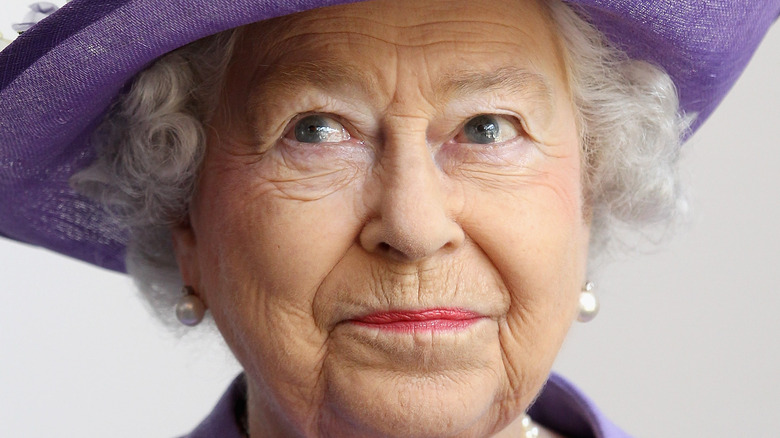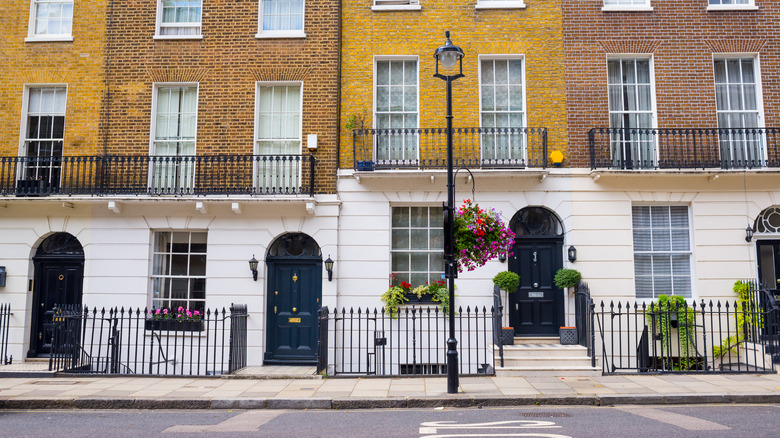The Real Reason Queen Elizabeth's Birthplace Wasn't Preserved
Born in 1926 and ruling until present, Queen Elizabeth II is the longest-reigning monarch in British history (and Elizabeth is the monarch of many countries outside of the U.K., too). According to Reuters, Elizabeth has been the queen for almost 70 years, which means the 95-year-old monarch has seen some of the biggest changes and advancements in human history. This long passage of time from her birth to her ascent to present-day may also be the reason her birthplace wasn't preserved.
Because of her age and how long she's ruled, some have wondered if Queen Elizabeth will ever retire. After all, the crown has an established line of succession. The first heir to the throne is her son, Prince Charles, who is succeeded by his firstborn son, Prince William, the Duke of Cambridge (via the BBC). What do her successors have in common? Their birthplaces are still known and standing, which is more impressive for Charles as the Prince of Wales is 73 years old. But just why is Elizabeth's birthplace lost to time?
Elizabeth II was never expected to be queen
History is important and full of lessons, warnings, and memories, but for Elizabeth, the catalog of living historical sites doesn't include her place of birth. What you don't know about Queen Elizabeth is perhaps that she was never intended to become Britain's queen; therefore, her home wasn't preserved in the same way that preceding monarchs' were (via The National Post).
According to The National Post, Elizabeth was born in a Mayfair, London, townhouse that belonged to her Scottish grandparents who'd simply lent it to Elizabeth's parents. Her father, Albert, lived a modest life with Elizabeth and his wife because he was the king's second son and therefore considerably lower on the throne than his older brother. However, his brother, Edward, abdicated the throne in 1936, which pushed Albert, and therefore Elizabeth, much higher on the line of succession. From 1936, Elizabeth and her sister Margaret lived in Buckingham Palace due to Albert, who took on the name King George VI, ascending to the throne.
King George VI was expected to rule for a long time, but he ultimately died 16 years into his reign in 1952 (via Biography.com). From then on, Elizabeth has ruled as Queen Elizabeth II, and the site of her childhood home is now an office block.

